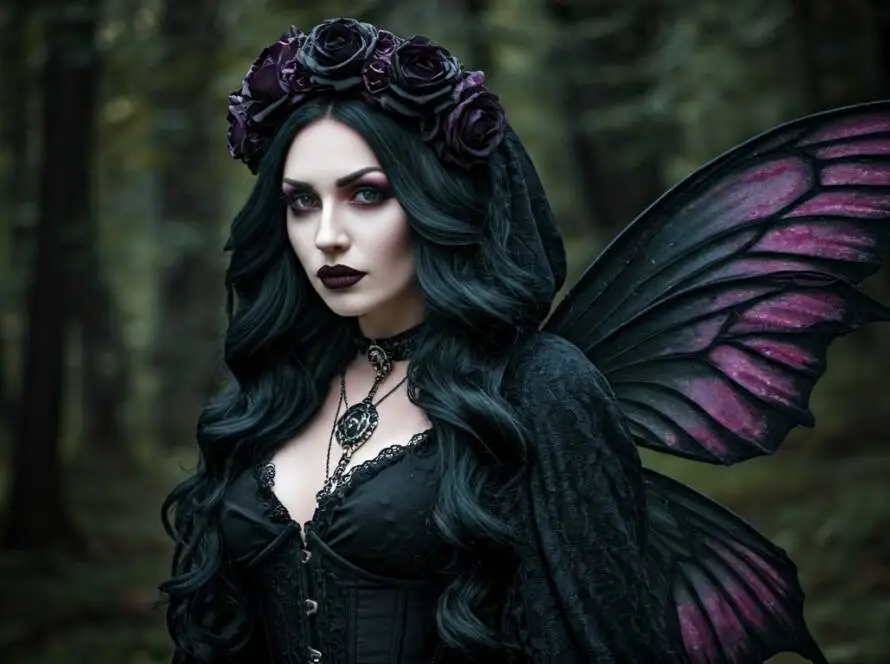Stardate: 1925
“The Phantom of the Opera” is a landmark silent horror film released in 1925, directed by Rupert Julian. Based on Gaston Leroux’s 1910 novel, this film is well-known for its iconic portrayal of the Phantom, played by Lon Chaney, whose haunting performance is often celebrated as one of the greatest in silent film history. The film’s unique blend of romance, horror, and tragedy continues to captivate audiences nearly a century after its release.
The Enduring Legacy of The Phantom of the Opera.
Key Elements of the Film
Plot
Set against the grandeur of the Paris Opera House, the story follows a mysterious figure known only as the Phantom, who dwells in the shadows beneath it. Obsessed with the beautiful young soprano Christine Daaé, the Phantom uses his behind-the-scenes influence to propel her career to stardom. However, this infatuation quickly turns dark as he resorts to terrorizing the opera house and its patrons, leaving a trail of chaos in his wake. The narrative beautifully intertwines themes of love, obsession, and isolation, creating a rich emotional tapestry.
Lon Chaney’s Performance
Lon Chaney’s portrayal of the Phantom is nothing short of legendary. Renowned for his ability to convey deep emotion through physicality and makeup, Chaney designed his own makeup for this role, which included a distinct mask and facial prosthetics that truly embodied the character’s tragic and monstrous nature. His performance brings depth to the Phantom, making him both a terrifying figure and a sympathetic character. The emotional complexity Chaney infuses into the role is a hallmark of silent cinema, showcasing the power of non-verbal storytelling.
Cinematography and Special Effects
Innovative for its time, The Phantom of the Opera features special effects that enhance its eerie atmosphere. Techniques such as double exposure and thoughtful camera angles create a haunting visual experience. The elaborate set designs, particularly those depicting the opulent opera house and the Phantom’s lair, immerse viewers in this dark, gothic world. The cinematography plays a crucial role, using shadows and light to evoke suspense and enhance emotional resonance.
Cultural Impact
The impact of The Phantom of the Opera on popular culture is immense. It has inspired countless adaptations across various media, including film, theater, and music. Perhaps most notably, Andrew Lloyd Webber’s stage musical, which premiered in 1986, breathed new life into the story and introduced it to a new generation, solidifying the Phantom’s status in popular culture. The haunting melodies of the musical echo the themes of the original film, underscoring the story’s timeless appeal.
Restoration and Legacy
Over the years, the film has undergone several restorations to preserve its artistry and to reintroduce it to modern audiences. Many of these restored versions are accompanied by live musical scores, enhancing the viewing experience. This revival speaks to the film’s status as a classic of the horror genre, celebrated for both its technical achievements and artistic merit in silent cinema.
Viewing Options
For those eager to experience this cinematic masterpiece, The Phantom of the Opera is widely available on various platforms. The Internet Archive offers free streaming and downloads of the film, and multiple versions are available on YouTube, making it accessible to viewers everywhere.
Conclusion
In summary, The Phantom of the Opera is an essential work in the history of cinema, showcasing the talents of its cast and crew while contributing significantly to the horror genre. Its blend of romance, horror, and psychological depth continues to resonate, demonstrating the enduring power of storytelling. As both a haunting tale and a significant cinematic achievement, it remains a beloved classic celebrated for its artistic innovation and exploration of the human condition. Whether you’re a longtime fan or a newcomer, this film promises an unforgettable journey into the shadows.
Viewing Options
You can watch “The Witch’s Mirror” on various platforms, including:
- Internet Archive: Offers free streaming and downloads of the film.
This film remains a significant achievement in cinema history, celebrated for its artistic innovation and exploration of psychological horror.
Disclaimer:
The information provided in this blog is for informational purposes only and should not be considered professional advice. While we strive to provide accurate and up-to-date information, we make no guarantees about the completeness or reliability of the content. Any actions you take based on the information in this blog are at your own risk. Additionally, this blog may contain affiliate links, and we may earn a commission from purchases made through those links.


